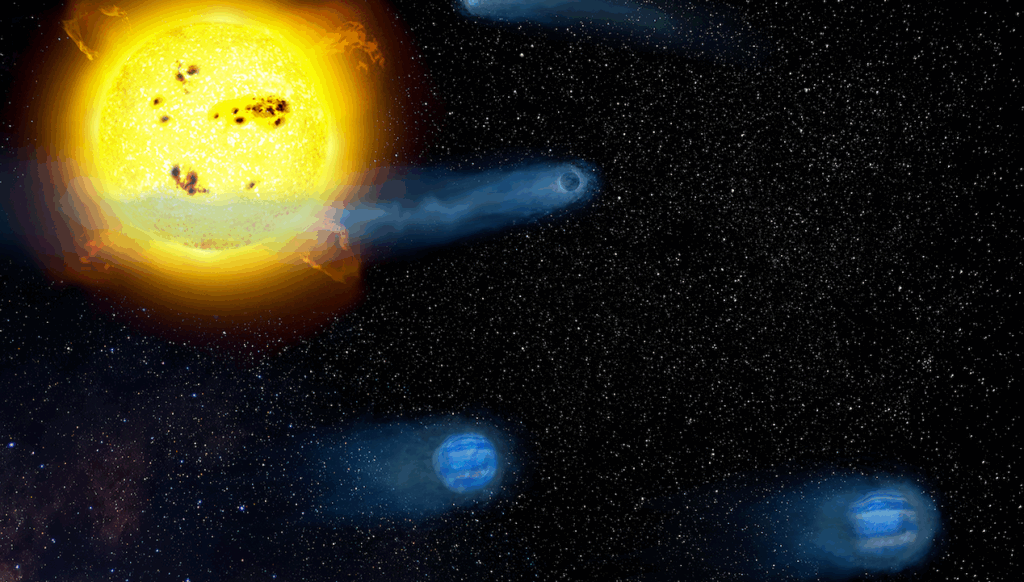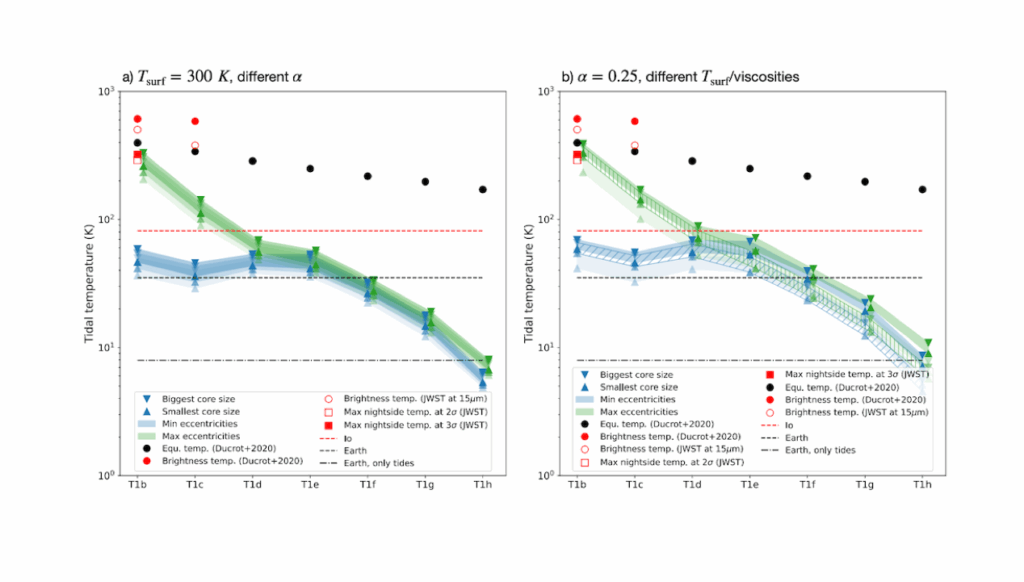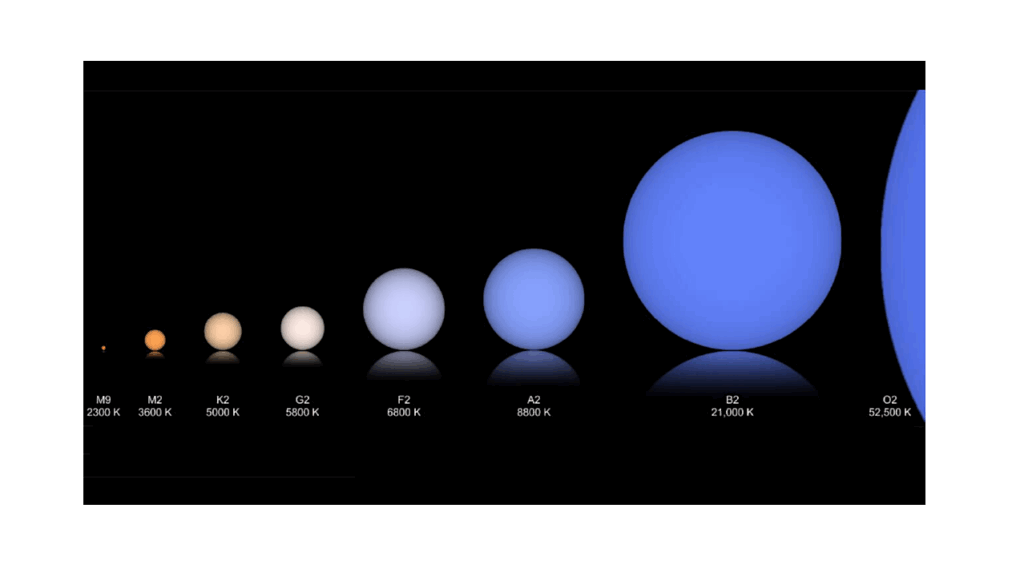LOUPE: Observing Earth From The Moon To Prepare For Detecting life On Earth-like Exoplanets

LOUPE, the Lunar Observatory for Unresolved Polarimetry of the Earth, is a small, robust spectro-polarimeter with a mission to observe the Earth as an exoplanet. Detecting Earth-like planets in stellar habitable zones is one of the key challenges of modern exoplanetary science.
Characterising such planets and searching for traces of life requires the direct detection of their signals. LOUPE provides unique spectral flux and polarisation data of sunlight reflected by the Earth, the only planet known to harbor life. This data will be used to test numerical codes to predict signals of Earth-like exoplanets, to test algorithms that retrieve planet properties, and to fine-tune the design and observational strategies of future space observatories. From the Moon, LOUPE will continuously see the entire Earth, enabling it to monitor the signal changes due to the planet’s daily rotation, weather patterns, and seasons, across all phase angles. Here, we present both the science case and the technology behind LOUPE’s instrumental and mission design.
Dora Klindžić (1 and 2), Daphne M. Stam (1), Frans Snik (2), H. Jens Hoeijmakers (3), Michelle Willebrands (2), Teodora Karalidi (4), Vidhya Pallichadath (1), Chris N. van Dijk (5), Marco Esposito (5) ((1) Delft University of Technology, Faculty of Aerospace Engineering, (2) Leiden University, Leiden Observatory, (3) University of Bern, Center for Space and Habitability (CSH), (4) UCF Department of Physics, (5) cosine Remote Sensing)
Comments: 13 pages, 5 figures. Accepted for publication in Royal Society Philosophical Transactions A
Subjects: Instrumentation and Methods for Astrophysics (astro-ph.IM); Earth and Planetary Astrophysics (astro-ph.EP)
Cite as: arXiv:2007.16078 [astro-ph.IM] (or arXiv:2007.16078v1 [astro-ph.IM] for this version)
Submission history
From: Dora Klindžić
[v1] Fri, 31 Jul 2020 13:50:02 UTC (8,219 KB)
https://arxiv.org/abs/2007.16078
Astrobiology








